Last Updated: 07/05/2025
American Staffy Complete Breed Guide
Take a look at our Vet-written guide about Amstaffs for all the facts health and care tips.
Author: Dr Gillian Hill BVSc (Hons)
Reading Time: 55 minutes - long read
Often getting a bad rap as fighting dogs, American Staffies are loving, devoted companion dogs, known for their reliability and affection. Although some of the Amstaff's ancestors were bred for fighting, selective breeding since the 1930s has focused on moving this breed away from these traits and towards companion and family dogs.
Amstaffs are muscular, stocky dogs, with extreme strength for their size. They are confident and smart, and require plenty of exercise, socialisation and positive handling and training, to ensure that they become good canine citizens.
Find all your American Staffy essentials including toys, treats, collars harnesses and more in our Large Breed Dog Shop.
Facts about the American Staffy
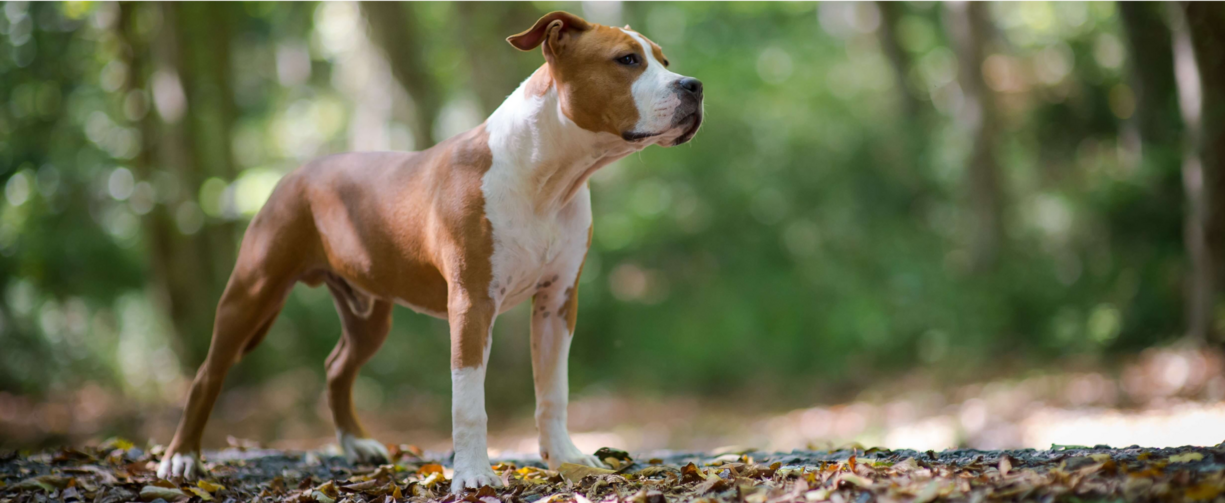
|
Breed size: |
Place of origin: |
Other names: |
|
Large |
America |
Amstaff, American Staffordshire Bull Terrier |
|
Breed group: |
Energy level: |
Weight range: |
|
Terriers |
High |
Female: 22 - 27kg, Male: 25 - 30kg |
|
Life expectancy: |
Tendency to bark: |
Height range: |
|
10-12 years |
High |
Female: 43 - 46cm, Male: 46 - 48cm at shoulder |
|
Drool factor: |
Social needs: |
Coat length: |
|
Low |
High |
Short and tight |
|
Shedding factor: |
Overall grooming needs: |
Colours: |
|
Low |
Low |
Any colour, but most commonly tan and white or brindle |
How big do Amstaffs get?
The average adult weight of a female American Staffy is from 22 to 27kg. Males tend to weigh between 25 and 30kg. Their height ranges from 43 to 48cm at the shoulder (again, males tend to be a little taller than females). The best way to estimate your dog's expected adult weight is to have a look at their mother and father.
How much does a American Staffy cost?
Amstaff pups in Australia vary considerably in price, depending on pedigree, but can cost up to $3000.
Do Amstaffs shed hair?
American Staffies are generally considered a low shedding breed. A gentle brush once a week with a grooming glove or bristle or pin brush is ideal.
Are American Staffies good pets?
Amstaffs can make excellent pets. They are incredibly loyal and affectionate dogs, so long as they have been well-socialised and properly handled and trained. Their extreme strength means that the need for proper socialisation and training should not be underestimated, and they should never be left unsupervised around children. They have very high energy levels, and combined with their high intelligence, they need a family who can provide them with the physical exercise and mental enrichment they require.
How much exercise do Amstaffs need?
Amstaffs need regular, vigorous exercise. Their strength and intelligence means they have enormous amounts of energy and need plenty of opportunities to run free and exercise.
How long do Amstaffs live?
The American staffies lifespan is 10-12 years on average. As with any breed, they will live much longer if you take good care of them, never let them become overweight, and keep their teeth in top condition!
How do I choose an American Staffy breeder?
When looking for an American Staffy, your options are to: a) adopt from a rescue (this is our top recommendation!) b) buy from an or online marketplace or pet store (NOT recommended!), or c) Research a reputable breeder. Never purchase a puppy without inspecting the breeder's premises and asking the 10 Breeder Checklist Questions first. Good breeders socialise their animals, house them humanely, allow you to inspect their premises, and select for healthy traits and good temperaments, and away from aggressive traits. They also screen potential families to ensure that the home they can provide suits the needs of the breed. Read our Guide to Finding a Good Breeder for more tips.
Do Amstaffs bark much?
American Staffies are a vocal breed and mary bark, cry and even scream! As with any dog, if not afforded plenty of physical and mental stimulation, they can be prone to problematic behaviours including excessive barking, digging and chewing.
Is an American Staffy the same as a pitbull?
While the pitbull terrier is part of the ancestory of the modern Amstaff, American Staffies have been a distinct breed since 1935 when the kennel club in Britain formally recognised the breed, separating them from the dogs now referred to as 'American Pit Bull Terriers'. Confusingly, some registries that register pit bull terriers still consider Amstaffs to be part of the family, and will register them as pit bulls. However, the American Kennel Club closed the studbook for the American Staffordshire Terrier in the 1970s, meaning that now only dogs whose parents are Amstaffs can be considered part of the breed.
What's the difference between a Staffy and an American Staffy?
The English staffy and the American Staffy share a very close history. They both descend from the fighting dogs bred from Bulldogs and terriers in the 19th century. Some of these 'bull terriers' immigrated with their owners to America after the American Civil War ended in 1865, and the 'Staffordshire Terrier Club of America' was founded in 1936. The English and American versions of the breed became very different as the years went by, with the American Staffy being bred larger and heavier, and with a more powerful head. The differences became so distinct that in 1972 the American Kennel Club changed the name of the breed to the 'American Staffordshire Terrier', and a separate standard was admitted to the kennel club for the Staffordshire Bull Terrier.
American Staffy History
The history of the Amstaff harks back several centuries, when blood sports like bull-baiting were popular in England. When these blood sports were banned in the 1830s, illegal dog-fighting took hold, as it could be held in secret, in smaller, underground pits. Bulldogs were crossed with terriers, to create a strong, nimble dog with powerful jaws and a fiesty spirit. The term 'pit-bull' was coined to refer to these dogs.
These 'bull and terrier' dogs made their way across to America with British immigration after the American civil war ended. They became very popular among the American citizens, who bred them to be larger, more muscular and more powerful, and some to be used for dog fighting until it was made illegal in America in 1900. The 'Staffordshire Terrier Club of America' was founded in 1936. The English and American versions of the breed became very different as the years went by, and the differences became so distinct that in 1972 the American Kennel Club changed the name of the breed to the 'American Staffordshire Terrier', and a separate standard was admitted to the kennel club for the Staffordshire Bull Terrier.
One of the requirements of registration to both the American and English Kennel clubs was that breeders had to ensure that their dogs were not used for dog-fighting. Breeding of the Amstaff in recent years by reputable breeders has focused on good temperaments, meaning that American Staffies are now bred as companion and family dogs. Some American Staffies can still be eager to fight with other dogs, which is why researching the breeding stock, purchasing only from reputable, registered breeders, socialisation and gentle but firm training and handling is very important.
American Staffy Personality and Characteristics
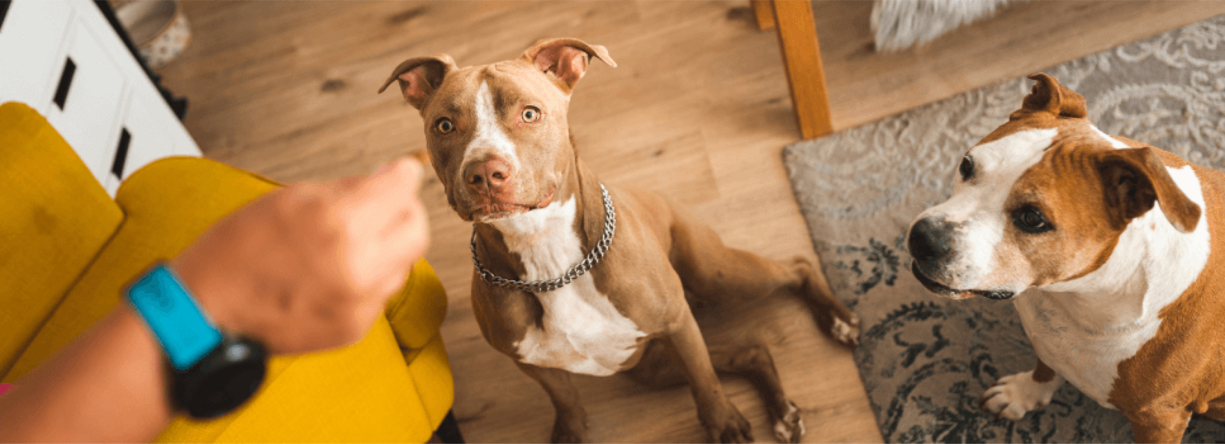
American staffies are easily recognisable from their stocky, muscular body and powerful head. They have extreme strength, and are known for their high pain tolerance. Because of their strength, perseverance and loyalty, they are very good guard dogs, and will protect their family without retreating.
Given their ancestry, Amstaffs are often unfairly assumed to have an innate predisposition towards aggression. While they won't retreat if challenged, they do generally have a very gentle and loving nature, especially towards their family. While Amstaffs are known to be very good with children, even despite the best of socialisation and training, they should never be left unsupervised with the younger members of the family, nor adults or children outside the family.
American staffies are not suitable for all households. While their strength makes them excellent guard dogs, it also means that socialisation, and firm, positive training and handling is absolutely crucial to ensure that Amstaffs do not develop behavioural issues, or become difficult to handle.
Disciplined behaviour is very important when out and about from an early age, as an Amstaff's strength and stubborness can make proper handling difficult if they are allowed to develop bad manners. Training your Amstaff puppy to walk nicely at a young age is easier than trying to stop them from pulling on the lead. Practising behaviours such as sit and stay firstly at home, and then when out and about with more distractions, is a good way to ensure that your Amstaff maintains good listening skills.
American Staffies are known for their confidence, assertiveness, intelligence and energy. Their large, athletic, muscular frames mean they're very powerful and their energy makes them able to endure lots of outdoor play and exercise, like fetching and swimming. They thrive on activities that engage their mind, so plenty of games like interactive dog toys, puzzle food toys and training is needed.
Amstaffs are incredibly loyal and affectionate dogs, and thrive on constant human company. If left alone, they can be prone to separation anxiety, which can manifest in destructive and troublesome behaviours like excessive barking, digging and chewing.
Best toys for American Staffies
With their strong, powerful jaws, chewing is a favourite pastime, and they require very tough, durable chew toys. We recommend supervising your Amstaff with any new toy and removing toys when they become small enough to be a choking hazard. Interactive toys and puzzles can also help to engage their minds and keep them at their happiest!
Made from the most durable KONG rubber, the KONG Extreme can be filled with treats, paste, kibble or even frozen stock to prolong play time. Choose XL or XXL for power chewers.
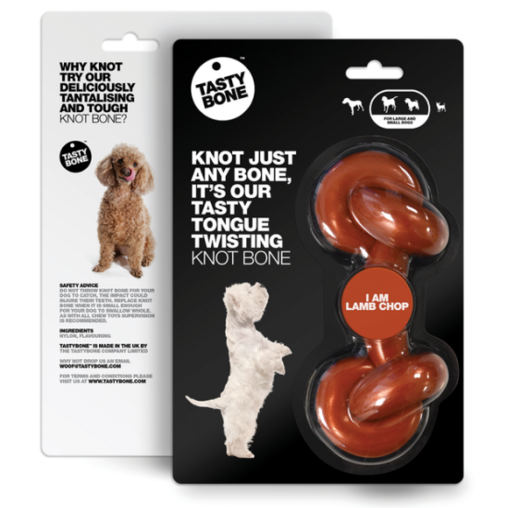
These nylon bones come in a range of delectable flavour and withstand hours of intense Amstaff chewing. Go large or mega for maximum durability.
While they may not last forever or withstand true power chewers, Tuffy Toys are your best bet if you want to give your Amstaff a soft toy to snuggle.
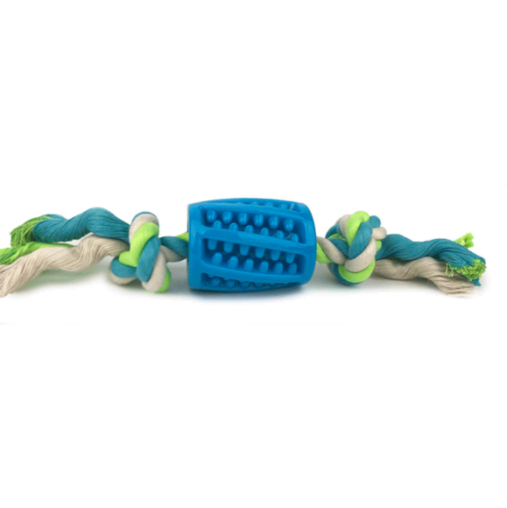
Tough rope toys are another good heavy duty option for Amstaffs. Look for rope toys with the largest width and pay extra for better quality.
For more toy recommendations, check out our Top heavy duty toys for power chewers.
Can't decide? Why not let us pick for you with the Curious Box? Each Curious Box contains a selection of two to three engaging toys (and treats!) Even better, the theme changes every 6 weeks, making it the perfect way to keep your pet's supply of toys and treats fresh, fun, and varied for mental stimulation!

American Staffy Diet and Nutrition
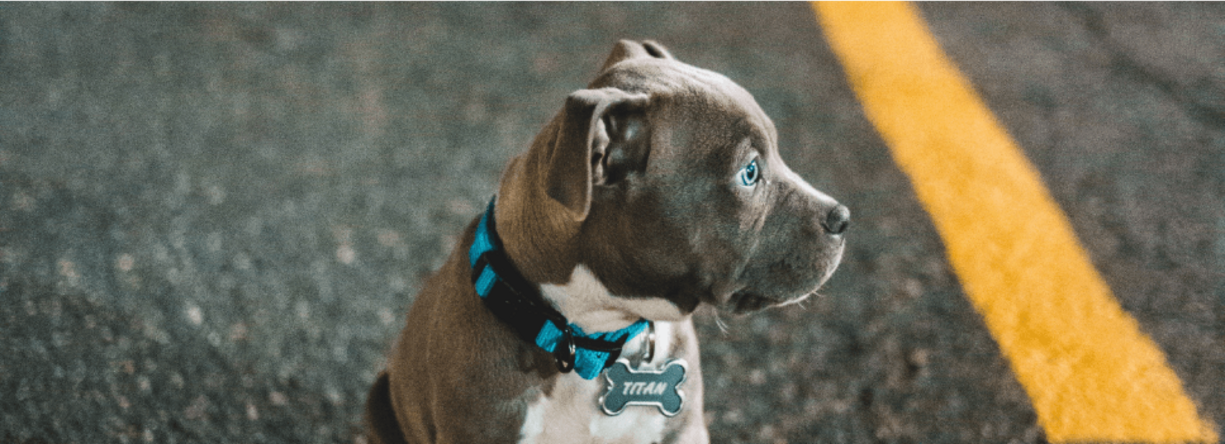
American Staffy Puppies
Some points to note about American staffy puppy ownership include:
- Food: Amstaff puppies should eat a premium, large breed formula such as Royal Canin Maxi Puppy, Hills Science Diet Large Breed Puppy or Advance Large Breed Puppy Food until they are 15-18 months of age.
- Behaviour: American Staffy puppies have enormous amounts of energy, just like any puppy! Puppy proofing your house is essential. Remove any easy-to-reach toxins or electrical cords, and provide plenty of toys! Socialisation and firm, positive training is crucial from an early age.
- Worming: Amstaff puppies need to be wormed fortnightly from the age of 2-12 weeks, and then once per month after this. Puppies also require heartworm protection - you may wish to get a heartworm injection yearly at your vet, or you can simply give a monthly treatment such as Nexgard Spectra, Simparica Trio, or Credelio Plus.
For more helpful information on worming, training, socialisation, and nutrition, consult our veterinary-written guides:
Although there are no specific feeding requirements for an adult American staffies, it is very important that you feed a suitable diet that is age appropriate and meets all their daily nutritional and energy needs. A premium, balanced Large Breed Adult Dog Food from reputable pet food brands should provide tailored nutrition that your Amstaff needs. Premium large breed formulas contain balanced levels of protein, fat and carbohydrate plus vitamins, minerals and antioxidants for health and wellbeing. Given that Amstaffs are prone to skin issues, a large breed specific skin support formulation can also be beneficial.
Nutrition for adult American Staffies
This Australian made formula tailored for adult large breeds contains functional nutrients including green lipped mussel powder to support joint health and an adapted calorie content to aid weight control.
Formulated with high quality protein and a gentle fibre blend to promote optimal nutrient absorption, this formula is also fortified with an exclusive blend of omega 3 and 6 fatty acids, vitamin E and other nutrients to support healthy skin and a shiny coat.
With salmon and tuna as the first ingredients, this diet is high in EPA and omega 3 fatty acids to promote skin health. It also contains no wheat, soy, corn, chicken or beed to help prevent adverse food reactions.
This diet is formulated with reduced allergen ingredients, and nutrients to support and nourish the natural barrier function of the skin including omega 3 and 6 fatty acids such as GLA, EPA and DHA.
Nutrition for American Staffy Puppies
Natural diet high in meat content, complete and balanced for the requirements of large breed puppies like Golden Retrievers.
Very high quality diet fortified with colostrum for enhanced immunity and protection from common intestinal upsets, as well as a combination of key nutrients to support healthy joints.
This diet is fortified with green lipped mussel powder to promote healthy joints and contains the correct balance of calories, calcium and phosphorus to support an optimal, controlled growth rate in Amstaff puppies.
A wholesome, Australian made natural food designed specifically for large breed puppies like the Amstaff.
American Staffy Health Problems
Amstaffs are generally a hardy breed but as with any pure-bred dog, can often be affected by a number of health conditions, including:
Skin allergies
Allergic skin disease such as atopic dermatitis and contact allergies do seem to be more common in the staffy breeds. Atopic dermatitis is a sort of generalised allergy caused by items in the environment such as pollen, dustmites or grasses. It usually results in itching, hairloss and red, inflamed skin. Often affected dogs may lick their paws excessively and have recurrent ear infections. Contact allergies can cause similar symptoms in dogs however the reaction is limited to areas where the dog has come into direct contact with the allergen (usually plants). Diagnosis of allergic skin disease in dogs can take some time as the underlying cause needs to be discovered, usually through a process of elimination. Management involves reducing or eliminating the allergen from the environment if possible, alongside potentially desensitisation and medication, dietary changes and topical therapies to manage symptoms.
For more information about allergic skin disease in dogs check out Why is my dog still scratching?
Cruciate Disease
American staffies are unfortunately very prone to cruciate ligament damage. The cruciate ligaments run from the bottom of the femur bone, to the top of the tibia within the knee, or stifle, joint. Their job is to stabilise the knee joint. Damage to these ligaments can result from excessive jumping or twisting action, and obesity and the anatomical conformation of the back leg can be predisposing factors. Surgery is the treatment of choice if the cruciate ligament has torn completely. Unfortunately, secondary arthritis is inevitable.
Hip dysplasia
Hip dysplasia is a condition where the femur and hip joint do not fit together properly, causing pain and lameness. Less severe cases can be treated with anti-inflammatory medication, however surgery may be required for serious cases.
Elbow dysplasia
Elbow dysplasia is common amongst large breed dogs. This heritable condition occurs due to differing rates of bone development in the elbow. It leads to joint mobility, pain and lameness. Less severe cases can be treated with anti-inflammatory medication, however surgery may be required for serious cases.
As with any type of joint disease, arthritis can be a concern. Take a look at our article Arthritis in Dogs to see how to help your Amstaff.
Congenital heart disease
A congenital malformation of the heart valves can cause heart disease early, or later on in life depending on the severity. Mild forms of the condition tend to become symptomatic later in life, with signs such as exercise intolerance and coughing. Severe cases can be fatal in young Amstaffs.
For more information, take a look at our article Heart disease in dogs.
Top Product Recommendations for Amstaffs
Due to their common health conditions, the following products are highly recommended for American Staffies.
Related Breeds
The Amstaff is part of the terrier group, and closely related to his english cousin, the Staffordshire Bull terrier, as well as the Bulldog.
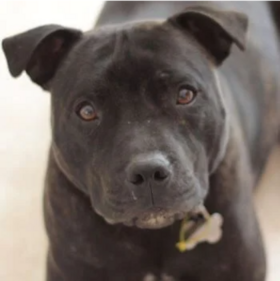
Staffordshire Bull Terrier
The Staffordshire Bull Terrier ("Staffy") is a very popular breed of dog known for their energetic personalities and big smiles. They are a medium sized breed, highly social, and best suited for a home with a fenced-in yard they can run around in.
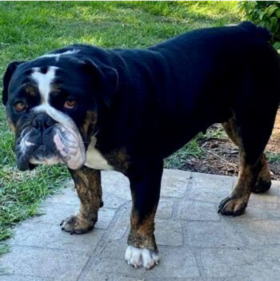
Bulldog
British Bulldogs are often considered very stubborn, determined dogs, but they make incredibly loving pets. They are known for their stocky, well-muscled bodies, their flat faces and their wrinkled skin.
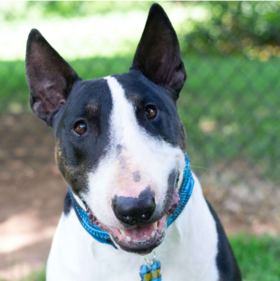
Bull Terrier
Bull Terriers are known for being goofy dogs with big personalities. They are very loyal to their families and can be very playful. Because of their guard-dog nature, they can take a little while to warm up to strangers.
Further Reading
For more information have a look at these recommended articles:
Breed Diets: Are They Worth The Hype?
Complete Beginner's Guide To Puppy Care
Want to know more? Check out our Discover Page for more tips from our expert vets on keeping your pets happy and healthy.